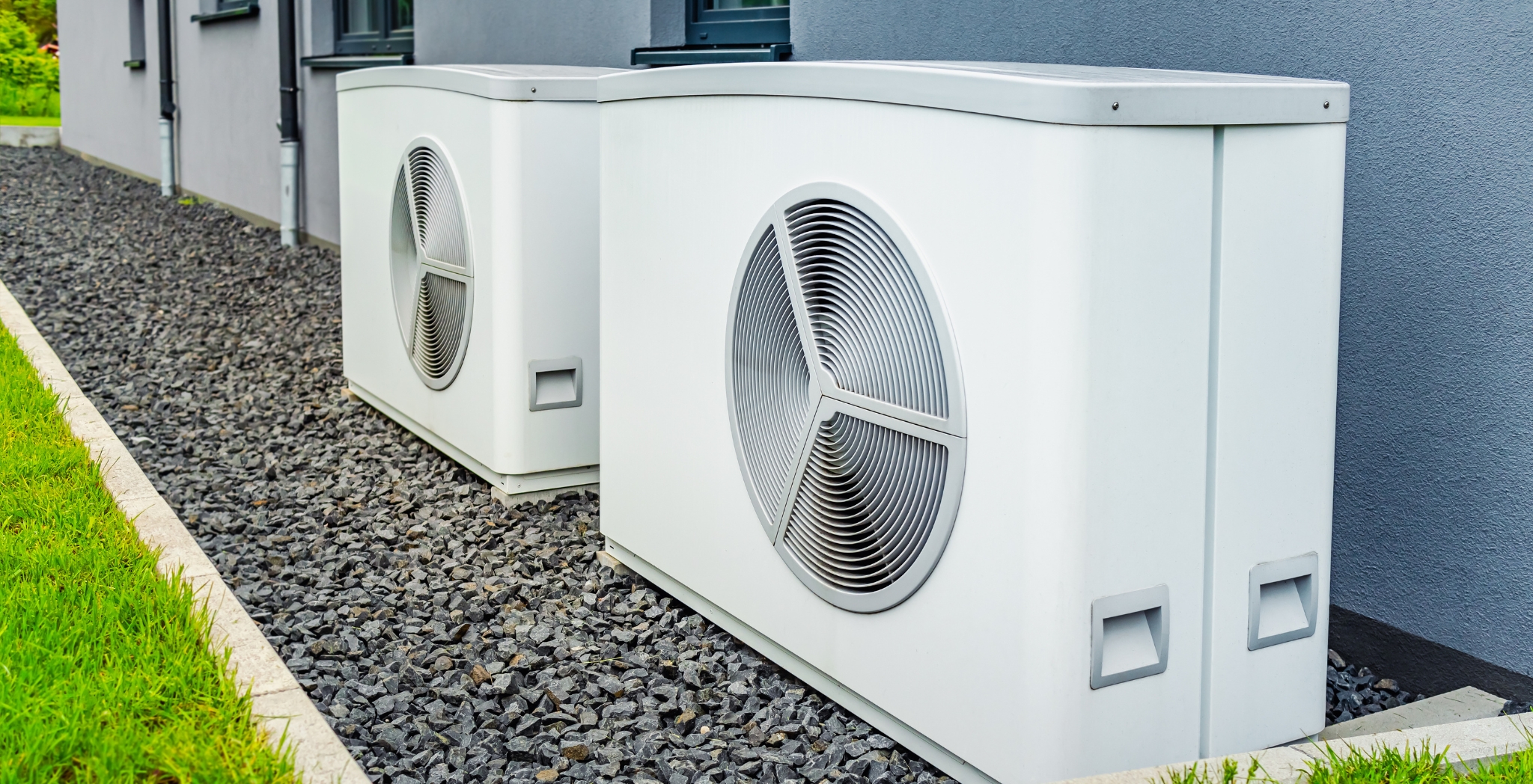Choosing the right heating system is crucial when keeping your home warm in cold climates.
One option gaining popularity is the cold climate heat pump.
These innovative devices offer efficient heating even in extreme cold weather conditions. But before you invest in one, there are several factors to consider.
The Evolution and Efficiency of Cold Climate Heat Pumps
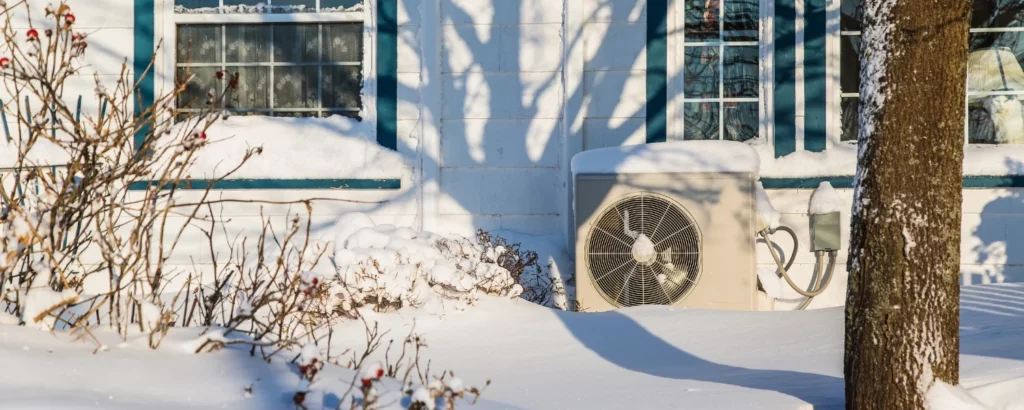
Over the years, cold climate heat pump technology has transformed remarkably, making these systems increasingly efficient and reliable in colder climates.
These heating and cooling solutions are custom-designed to address traditional heat pumps’ challenges in low-temperature settings.
In the past, heat pumps struggled to maintain efficiency and performance in frigid conditions, often requiring supplementary heating sources to maintain comfortable indoor temperatures.
However, the latest advancements in cold climate heat pump technology have addressed these limitations, revolutionizing how we approach heating in colder regions.
The key to the improved performance of cold-climate heat pumps is their advanced engineering and refrigerant technologies.
Manufacturers have developed innovative compressor designs, optimized airflow patterns, and implemented sophisticated control systems to enhance the systems’ ability to extract heat from the outdoor air, even when temperatures drop dramatically into tankless water heaters.
The result is a generation of cold-climate heat pumps that can maintain impressive efficiency ratings and often outperform conventional heating systems, even in extreme cold weather conditions.
Homeowners and businesses in colder climates can enjoy the benefits of an energy-efficient Right Heating System without sacrificing comfort or functionality.
As the demand for environmentally friendly and cost-effective heating solutions continues to grow, the evolution of cold climate heat pump technology has been a significant game-changer.
These advancements have made these systems a viable and attractive option for those seeking to heat their homes or buildings more sustainably and efficiently, further solidifying their position as a leading heating solution in colder regions.
Comparing Costs: Cold Weather Heat Pump Investments
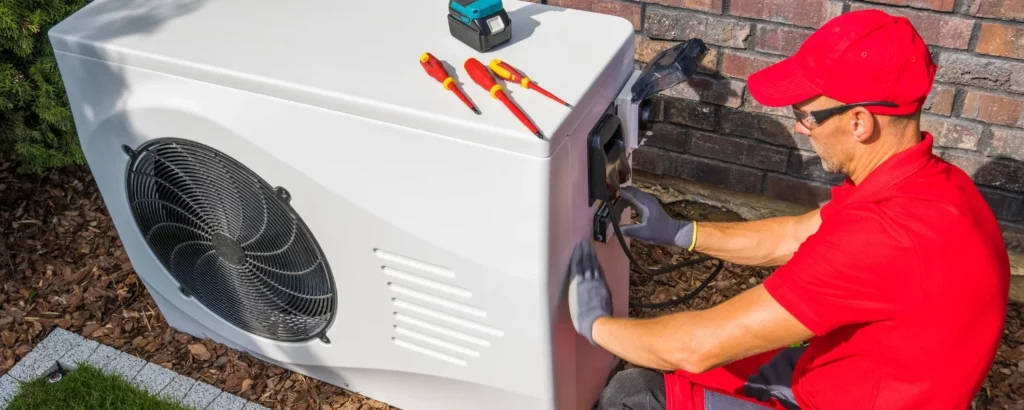
When selecting a heating system for your home or business, the upfront cost is often one of the primary considerations.
Cold-weather heat pumps have historically had a higher initial investment than traditional heating options, such as furnaces or boilers.
However, this higher upfront cost should be weighed against these advanced heating systems’ long-term operating costs and potential savings.
One of the critical advantages of cold weather heat pumps is their energy efficiency.
These systems are engineered to draw warmth from the outdoor air, operate efficiently even in chilly conditions, and channel it indoors to provide heating for the space.
This method boasts a significantly higher efficiency than traditional heating techniques that depend on burning fossil fuels or creating heat using electrical resistance.
Due to this, individuals who own heat pumps in cold climates can experience significant reductions in their energy expenses all year long, gradually balancing out the initial cost of installation.
Besides saving energy, cold weather heat pumps also demand less maintenance than conventional heating systems.
The absence of a combustion process and the use of durable, high-quality components can result in fewer repairs and a longer lifespan for the equipment.
This reduces maintenance expenses throughout the system’s lifespan, enhancing the investment’s overall cost-effectiveness.
Furthermore, homeowners and businesses may be eligible for rebates, tax credits, or other financial incentives when installing cold-weather heat pumps in many regions.
These government-backed programs are designed to encourage the adoption of energy-efficient technologies, help reduce upfront costs, and make cold-weather heat pumps a more attractive option for those looking to upgrade their heating systems.
By carefully evaluating the initial costs, long-term energy savings, maintenance requirements, and available incentives, homeowners and business proprietors can thoroughly assess whether a cold-weather heat pump meets their heating requirements, enabling them to make a well-informed investment decision.
How Cold Climate Air Source Heat Pumps Work
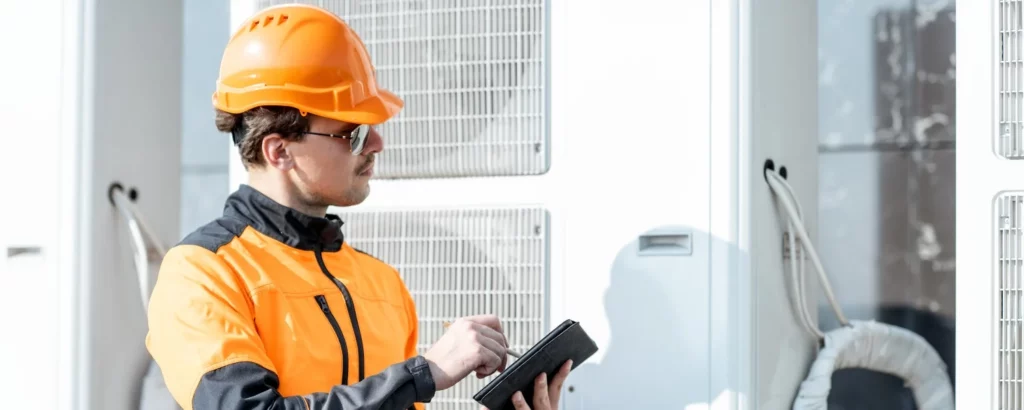
Cold climate heat pumps rely on advanced cold climate air source heat pump technology.
These systems work by harnessing the heat in the outdoor air, even in freezing conditions, and transferring it indoors to heat the home or building.
The basic principle behind cold climate air source heat pumps is the ability to extract thermal energy from the surrounding environment and concentrate it to a higher temperature for heating purposes.
This process uses a refrigerant, a tailored fluid that transitions between liquid and gas phases to enable efficient heat transfer.
They usually comprise an exterior unit housing the compressor and heat exchanger, an indoor unit containing the second heat exchanger, and an air distribution system.
The outdoor unit pulls heat from the outdoor air, even in chilly conditions, and then the refrigerant carries this warmth to the indoor unit, which disperses it throughout the building.
The advanced engineering and refrigerant technologies used in cold-climate air source heat pumps allow them to maintain high-efficiency levels in extreme cold weather conditions.
These systems are designed to overcome the challenges of traditional heat pumps, which may struggle to extract sufficient heat from the outdoor air when temperatures drop significantly.
Cold-climate air source heat pumps provide efficient and reliable heating by harnessing the heat outdoors, even in frigid climates.
They reduce the reliance on traditional heating methods that consume more energy and contribute to higher greenhouse gas emissions.
This makes them a viable and eco-friendly option for homeowners and businesses in colder regions.
Choosing the Best Heat Pump for Cold Weather

When selecting a cold climate heat pump for your home or business, it’s crucial to consider various factors to ensure the system perfectly fits your needs and climate conditions.
Choosing the right cold-climate heat pump can have a vital impact on the system’s efficiency, performance, and long-term cost-effectiveness.
One key factor is the cold climate heat pump’s heating capacity.
This refers to the system’s ability to generate and distribute heat to maintain a comfortable indoor environment, even in extreme cold weather.
For optimal performance, selecting a model with the appropriate heating capacity is essential based on the size and insulation of your home or building.
In addition to heating capacity, the efficiency ratings of the cold climate heat pump should also be a top priority.
Search for systems with impressive SEER(Seasonal Energy Efficiency Ratio) and HSPF ( Heating Seasonal Performance Factor) ratings.
These ratings indicate the system can convert energy into heating and cooling with minimal waste.
Higher efficiency ratings can translate to significant energy savings and reduced operating costs over the system’s lifetime.
Another important consideration is the compatibility of the cold climate heat pump with your specific climate and home or building requirements.
Some models are designed to perform better in particular temperature ranges or work more effectively with certain types of ductwork or insulation.
Consulting with experienced HVAC professionals can help you identify the most efficient heating system for cold climates that aligns with your needs and provides the best overall performance.
Lastly, factors such as Air Quality and Efficiency should be evaluated to ensure the cold climate heat pump not only heats your space efficiently but also maintains a healthy indoor environment.
This may include advanced air filtration, humidity control, and efficient air circulation.
You can select the best heat pump for cold weather by meticulously evaluating these elements.
This will provide reliable, energy-efficient, and comfortable heating for your home or business, even in the harshest winter conditions.
The Cold Climate Heat Pump Challenge: Pushing the Limits
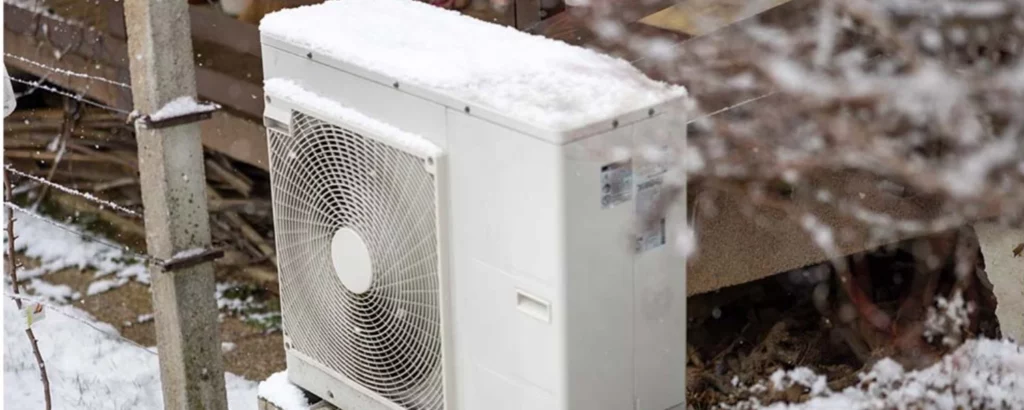
While cold-climate heat pumps have significantly improved performance, researchers and manufacturers are still working to address ongoing challenges.
As the demand for efficient and reliable heating solutions in colder regions continues to grow, the need to push the limits of cold-climate heat pump capabilities has become increasingly important.
One of the primary challenges cold-climate heat pumps face is maintaining optimal performance in highly low-temperature conditions.
Traditional heat pumps have struggled to extract sufficient heat from the outdoor air when temperatures drop dramatically, often requiring supplementary heating sources to maintain comfortable indoor temperatures.
Overcoming this limitation has been a critical focus for manufacturers and researchers.
Through innovative engineering and advanced refrigerant technologies, the latest generation of cold-climate heat pumps has made impressive strides in their low-temperature operation.
However, there is still room for improvement as engineers strive to enhance further the systems’ ability to extract heat from the air, even in the harshest winter conditions.
Another challenge cold climate heat pumps face is maintaining their heating capacity as the outdoor temperature drops.
In some cases, the systems may experience a reduction in their heating output, which can be a concern for homeowners and businesses needing consistent and reliable heating.
Manufacturing addresses this issue through refined compressor designs, improved airflow management, and advanced control systems.
Reliability in extreme weather conditions is also a critical challenge that cold climate heat pump developers are working to address.
Ensuring the systems can withstand heavy snowfall, icy conditions, and severe winter weather is crucial for widespread adoption in colder climates.
As scientists and industry experts persist in advancing cold climate heat pump technology, we anticipate the emergence of increasingly efficient, dependable, and versatile systems in the years ahead.
These advancements will further solidify the position of cold climate heat pumps as the best heat pump for cold weather, providing homeowners and businesses with a viable and sustainable heating solution for even the most demanding climates.
The Role of Heat Pumps in Sustainable Heating Solutions
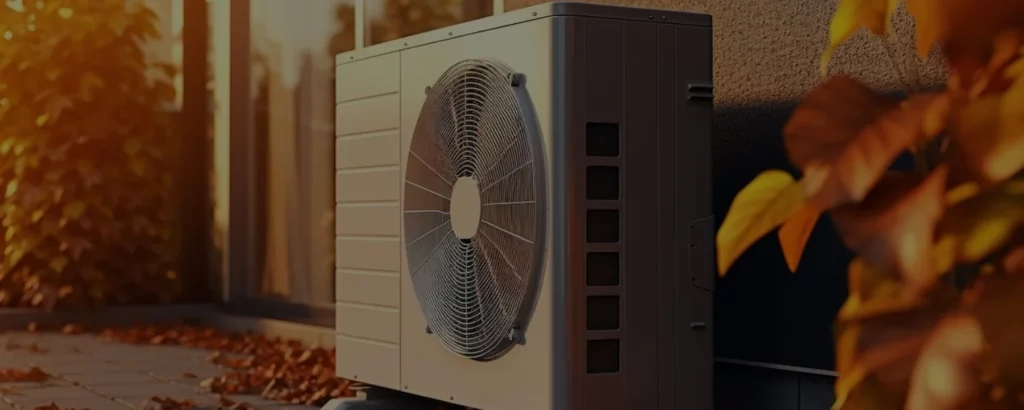
Amidst the global shift towards environmental awareness, heat pumps emerge as pivotal components in sustainable heating solutions.
Heat pumps designed for cold climates are gaining popularity because they effectively deliver efficient and environmentally friendly heating solutions in chilly regions.
Heat pumps offer more energy efficiency and reduce greenhouse gas emissions than traditional heating systems, making them a valuable tool for sustainable heating.
Unlike furnaces or boilers that rely on fossil fuel combustion, heat pumps work by transferring heat from the outdoor air or the ground, using electricity to power the process.
This makes them a much more eco-friendly option, leading to lower energy bills and a smaller carbon footprint, especially in regions with harsh winters where traditional heating systems struggle to maintain efficiency.
Furthermore, as governments and policymakers implement initiatives to reduce emissions, the role of heat pumps in achieving these sustainable goals will become increasingly vital.
Cold climate heat pumps offer homeowners and businesses a reliable and environmentally friendly heating solution that can thrive even in the harshest winter climates.
Setting Up Your Heat Pump: Key Steps & Expectations
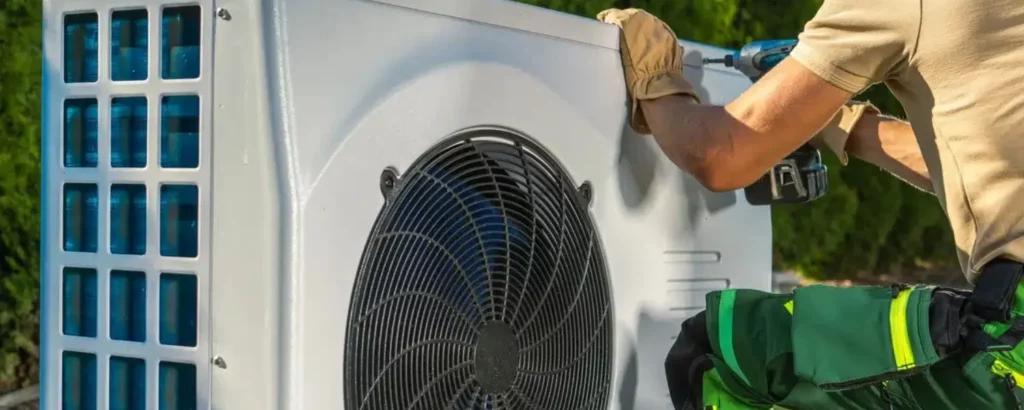
Properly installing and maintaining a cold climate heat pump is essential for optimal performance and longevity.
Homeowners and businesses should work closely with qualified HVAC professionals to ensure a seamless and successful installation process.
The first critical step is to ensure the cold climate heat pump is correctly sized for the specific home or building.
An improperly sized system leads to inefficient operation, raised energy consumption, and premature wear and tear.
HVAC experts can perform a thorough assessment to determine the proper heating and cooling capacity required.
Next, the cold climate heat pump must be carefully integrated with the existing heating and cooling infrastructure.
This includes correctly connecting the outdoor and indoor units, ensuring proper airflow, and integrating the control systems for efficient and coordinated operation.
Lastly, setting appropriate expectations and scheduling regular maintenance is crucial.
Cold climate heat pumps require periodic servicing to maintain their high efficiency and reliability, especially in extreme weather conditions.
By following these key steps, users can maximize the benefits of their investment and enjoy years of comfortable, energy-efficient heating.
Conclusion
When choosing a heating system for cold climates, a cold climate heat pump offers many advantages, including air quality and efficiency, lower long-term costs, and reduced environmental impact.
You can select the best cold climate heat pump for your home’s needs by considering system efficiency, compatibility, and installation.
With proper maintenance and realistic expectations, a cold climate heat pump can provide reliable heating even in the coldest winters.
Life Mechanical provides crucial support for cold climate heat pumps through professional installation, maintenance, and repair services.
Their expertise ensures that cold-climate heat pumps are correctly sized and installed for optimal performance in freezing temperatures.
Regular maintenance by Life Mechanical technicians maximizes efficiency and prevents breakdowns, ensuring reliable heating even in the coldest weather conditions.
Additionally, their prompt repair services address any issues that may arise, minimizing downtime and keeping homes warm and comfortable throughout the winter.
With Life Mechanical’s support, cold climate heat pumps can operate at peak efficiency, providing sustainable heating solutions for cold climates.

